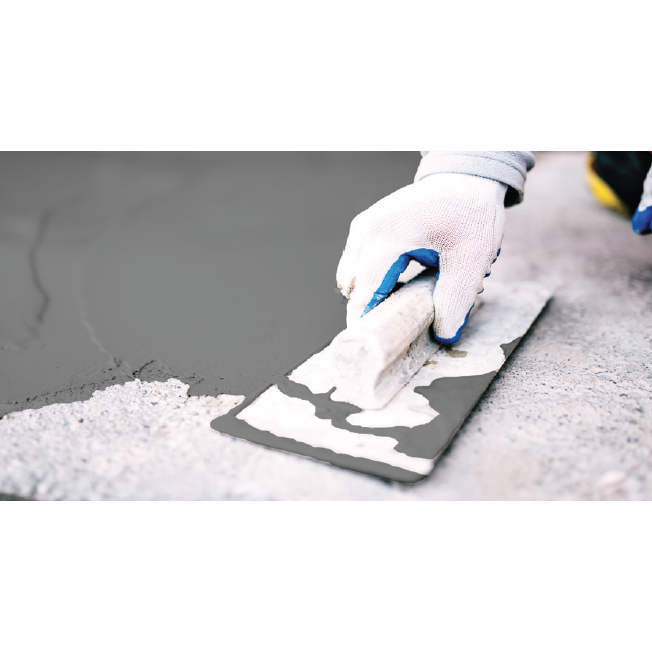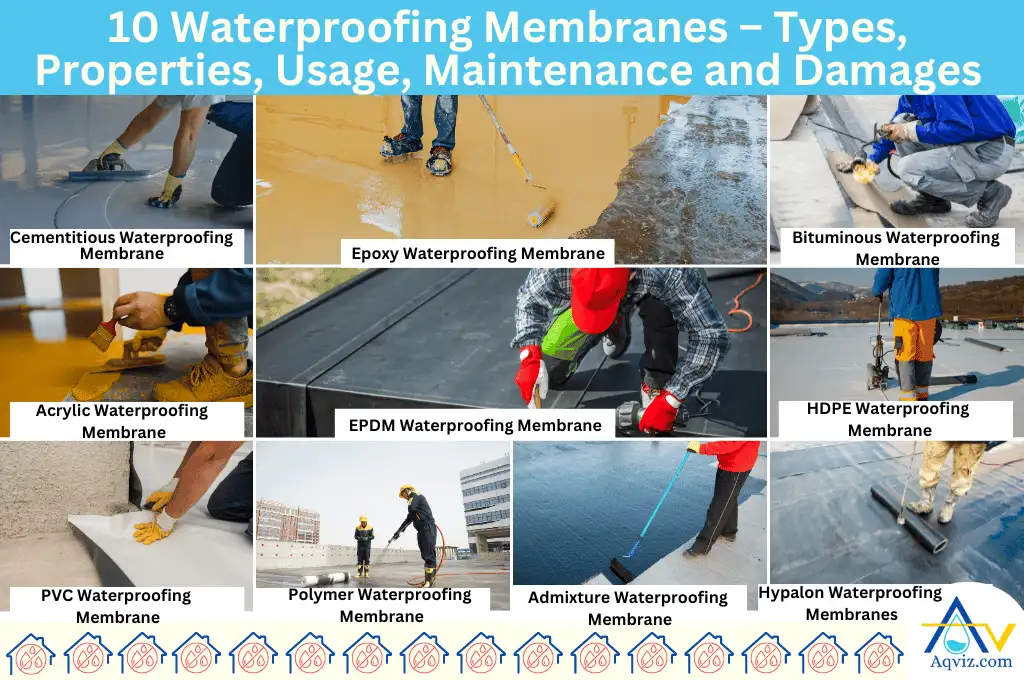Kinds of Waterproofing: Exploring the Various Methods and Their Applications
Waterproofing is a vital facet of building and construction and upkeep. It secures structures from the harmful effects of water damages. There are several techniques offered, each with its special applications and benefits. From membrane layer systems to cementitious options, recognizing these alternatives is important for efficient execution. The option of waterproofing method can greatly influence toughness and durability. Exploring these different techniques discloses their unique benefits and prospective challenges, triggering further factor to consider of optimal solutions.
Membrane Layer Waterproofing Systems
Membrane layer waterproofing systems work as a vital barrier versus water intrusion in different frameworks. These systems generally include thin sheets made from materials like rubber, polycarbonate, or asphalt, which are put on surface areas to avoid wetness infiltration. They can be mounted above or below quality and are particularly efficient in locations prone to high water exposure, such as cellars, roof coverings, and foundations.The installation process entails cleaning the substrate, applying adhesives or guides, and specifically fitting the membrane to ensure total insurance coverage. Membrane systems can be either completely stuck, mechanically affixed, or laid loose, depending on the particular requirements of the job. They use longevity and flexibility, fitting structural movements without jeopardizing their waterproofing abilities. In addition, these systems can be strengthened with additional layers for improved defense. Inevitably, membrane layer waterproofing systems are essential for guarding frameworks versus water damages and preserving long-lasting stability.
Liquid-Applied Waterproofing Coatings
Liquid-applied waterproofing layers provide a versatile option for shielding surface areas from water infiltration - Sump pump installation & replacement Omaha. These finishes contain liquid products that, when applied, form a smooth, versatile membrane. Their flexibility enables application on different substrates, consisting of concrete, metal, and timber. The finishes can be utilized in varied settings, from domestic to commercial setups, making them suitable for roof coverings, foundations, and below-grade structures.One substantial benefit of liquid-applied layers is their capability to satisfy uneven shapes and pass through fractures, developing a robust obstacle against dampness. They frequently show outstanding attachment properties and resistance to UV radiation, making certain durability and durability. Furthermore, the application procedure is usually uncomplicated, enabling fast installation and decreased labor prices. This method likewise decreases the risk of water pooling, as the continual layer effectively guides water far from at risk areas. In general, liquid-applied waterproofing finishes are an effective choice for complete water defense
Cementitious Waterproofing Solutions

Cementitious waterproofing solutions use a robust option for frameworks requiring trustworthy wetness protection. These systems largely utilize a mix of concrete, sand, and chemical additives to develop a waterproof obstacle. They are often applied to surface areas such as concrete wall surfaces, foundations, and floors, supplying a sturdy, lasting defense versus water intrusion.One of the vital advantages of cementitious waterproofing is its ease of application; it can be applied utilizing a brush, roller, or spray, making it ideal for various job dimensions. In addition, this approach is compatible with numerous surfaces and can typically be used combined with other waterproofing techniques.Cementitious services are specifically effective in settings where water direct exposure is a concern, such as cellars or below-grade frameworks. Their excellent bond properties guarantee that they bond well with substrates, providing a strong and impermeable layer against dampness infiltration.
Bentonite Waterproofing
Bentonite waterproofing is a very reliable approach that utilizes sodium bentonite clay to create an all-natural obstacle versus water. This method exploits the distinct homes of bentonite, which expands upon contact with water, securing any type of potential leakages and stopping wetness infiltration. It is commonly made use of in different applications, including structure wall surfaces, tunnels, and retaining wall surfaces, where water resistance is essential.Bentonite can be applied in several kinds, such as panels or coverings, offering versatility in installment. Its capability to self-seal makes it an attractive alternative for areas subject to moving soil or ever-changing water degrees. Additionally, bentonite waterproofing is eco-friendly, as it is an all-natural material that does not present dangerous chemicals right into the surroundings.
Water Drainage and Outside Waterproofing Equipments
Efficient waterproofing frequently entails a combination of approaches, including drain and external systems. Water drainage systems, such as French drains and sump pumps, are created to pu waterproofing redirect water away from frameworks, decreasing hydrostatic stress versus foundations. These systems are crucial in avoiding water buildup that can lead to structural damages and mold and mildew growth.External waterproofing, on the other hand, includes using protective barriers to the building's outside. Strategies such as the installation of water resistant membrane layers, coverings, or sealants can aid prevent water infiltration. This technique not just shields the foundation but likewise improves the total durability of the structure.Together, drain and outside waterproofing systems create a comprehensive option to handle water properly. By implementing these details these approaches, homeowner can protect their investments against the harmful impacts of wetness, ensuring long-lasting stability and security for their buildings.
Often Asked Concerns
How Do I Pick the Right Waterproofing Method for My Task?
Selecting the right waterproofing technique depends on variables such as project kind, environmental problems, budget, and preferred longevity. Examining these facets permits informed decisions customized to certain demands and needs.

Can Waterproofing Be Applied in Winter Conditions?
Waterproofing can be applied in cool weather condition conditions, yet it needs particular products and methods. Cold temperatures may influence treating times and adhesion, demanding careful option of products made for low-temperature application.
What Are the Typical Indicators of Waterproofing Failure?
Usual signs of waterproofing failing include visible water discolorations, peeling paint, wet odors, mold and mildew development, and fractures in walls or foundations. French drain installation Omaha. These signs recommend that moisture is permeating the obstacle, endangering its effectiveness
Just How Lengthy Does Waterproofing Last Before Needing Upkeep?
The long life of waterproofing varies, normally lasting in between 5 to 10 years. Aspects such as worldly quality, environmental conditions, and maintenance techniques affect its sturdiness, requiring routine inspections to guarantee efficient security versus water invasion.
Exist Eco-Friendly Waterproofing Options Available?
The inquiry of eco-friendly waterproofing options discloses an expanding passion in lasting products (Water Solutions). Various natural substances, such as plant-based sealers and recycled great post to read items, use efficient options while lessening environmental impact, appealing to environmentally aware customers